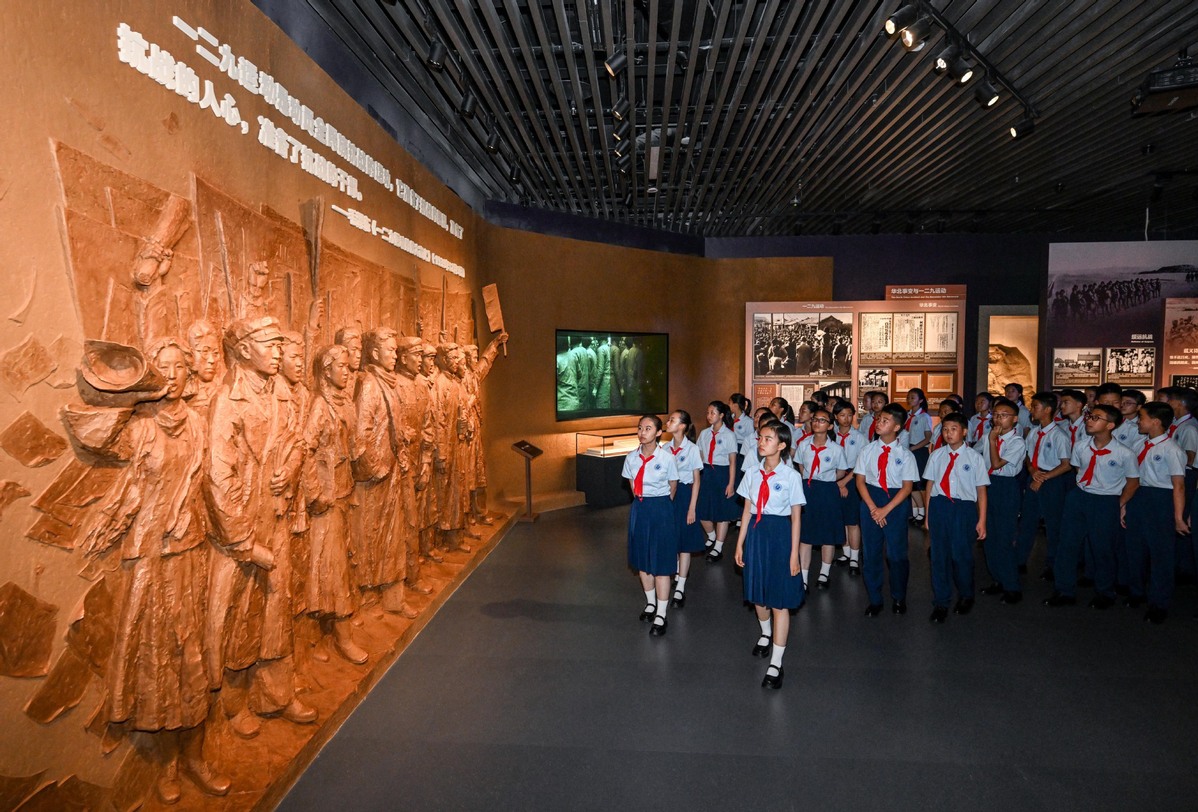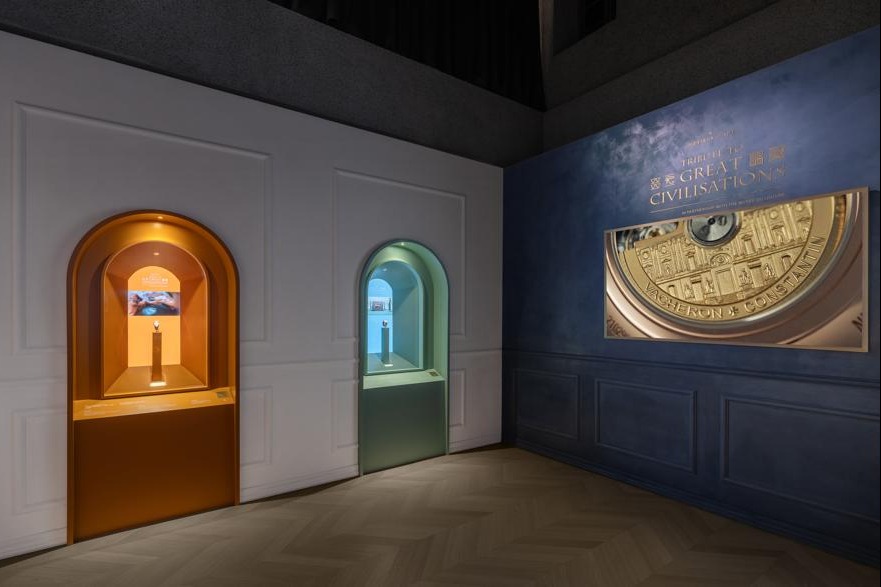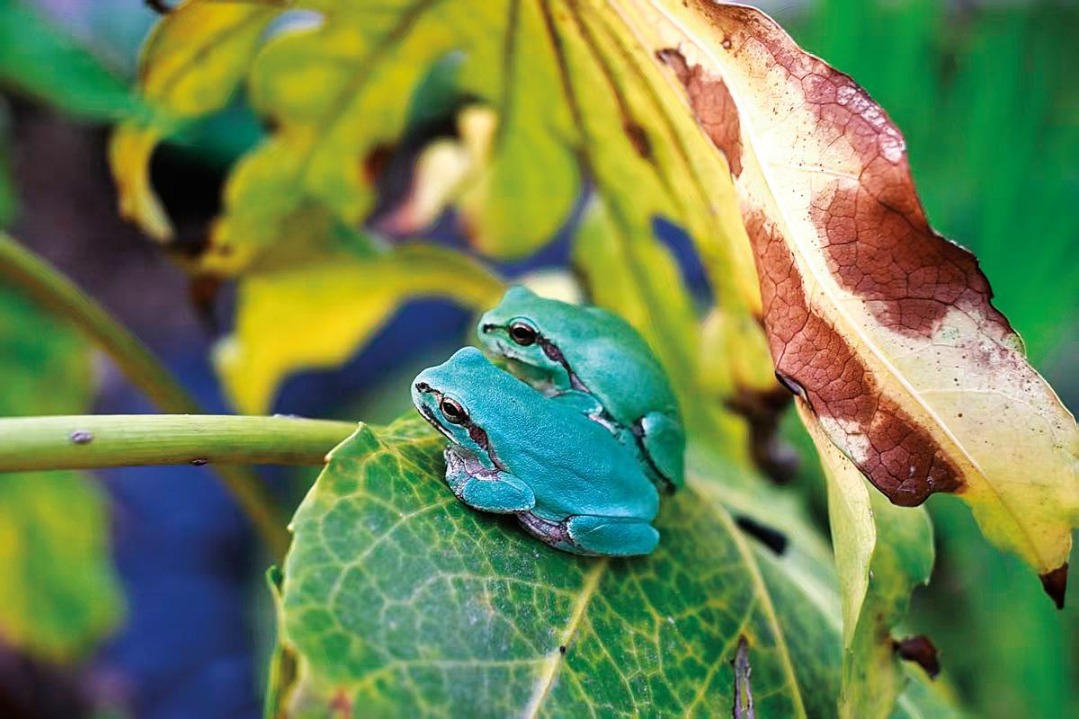Museum brings resistance to life with new exhibits


China commemorated the 88th anniversary of the start of the entire nation's resistance against Japanese aggression with a ceremony held in Beijing on Monday.
The event also saw the launch of an exhibition themed "For National Liberation and World Peace", dedicated to honoring the victory in the Chinese People's War of Resistance Against Japanese Aggression and the World Anti-Fascist War.
Both the ceremony and the exhibition were held at the Museum of the War of Chinese People's Resistance Against Japanese Aggression, located near Lugou Bridge — also known as the Marco Polo Bridge — where Japanese troops attacked Chinese forces on July 7, 1937, marking the beginning of their full-scale invasion of China.
Cai Qi, a member of the Standing Committee of the Political Bureau of the Communist Party of China Central Committee and a member of the Secretariat of the CPC Central Committee, delivered a speech at the event and announced the opening of the exhibition.
Divided into eight sections, the exhibition, which features 1,525 photographs and 3,237 artifacts, traces the 14-year war of resistance against Japanese aggression from 1931 to 1945, highlighting how the Chinese people fought for survival, national revival, and a broader struggle for human justice. The exhibition will open to the public on Tuesday. Admission will be free and no reservation is required.
"This time, not only are there many exhibits, but also about one-third of them are new collections," said Li Zhidong, deputy curator of the museum.
In addition to existing exhibits at the museum, Li and his colleagues gathered a large number of cultural relics through social donations, international exchanges, from descendants of revolutionaries and collectors. They also collected artifacts from over 50 other museums and memorials nationwide and organized four teams to search for cultural relics across the country.
"We visited villages and mountains in Shanxi and Shandong provinces, some of which are not even accessible by car. We hiked there because these places have cultural relics and the stories behind them have been passed down," Li said.
"Curating the exhibition is not just about reading history books. It's about experiencing and understanding history through artifacts and archives."
Between October and June, the exhibition area has been increased from 6,700 to 12,200 square meters, expanding from a single hall on one level to both above-ground and underground sections to display more content, revealed Luo Cun-kang, curator of the museum.
"We hope more people will understand the role China played during the World Anti-Fascist War through the exhibition, and realize that Chinese people not only fought for themselves but also for the peace of humanity," he said.
As part of the museum's permanent display, the exhibition also employs modern display techniques to bring history to life, combining rare artifacts, archival documents, historical footage, artworks, and immersive recreations of key moments.
"We applied artificial intelligence to make historical photos and artifacts 'come to life', allowing visitors to immerse themselves in the scenes of the past, to travel back to those years," Li, the deputy curator, said.
The interactive experience between the exhibits and the audience has also been enhanced.
"For instance, we've provided a scene depicting the Yellow River Cantata where visitors can take on the role of the conductor," he added.
After participating in a tour organized for retired employees on Monday, Ma Shuying, 69, said: "I'm deeply moved not only because I worked here for over 20 years, but also because of the new exhibits and visiting environment," she said, adding she will bring her grandchildren to visit the exhibition.
Liu Jiaxi, 20, who visited the bridge on Monday, also expressed his interest in the exhibition.
"My home is near the museum, and I specifically chose to visit Lugou Bridge on the 88th anniversary of the nation's resistance against Japanese aggression, as I want to see and record the changes here," he said.
Contact the writers at lishangyi@chinadaily.com.cn




































